Materials Up Close & Personal: WAX
03 July 2020
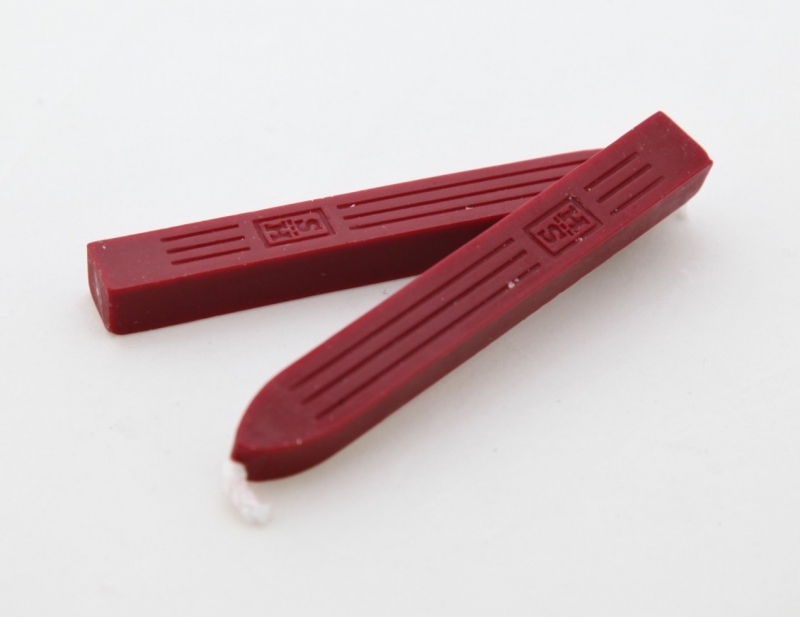
This week we lyricise about the cheese-protecting, hair-removing, moustache-styling, medicine-delivering and furniture-polishing talents of wonderful WAX.
The broad banner of wax covers materials as varied as gel wax, glass wax, carnauba wax, beeswax, paraffin wax, rice-bran wax and polyethylene wax (the list goes on). Specialist kinds of wax are linked to specific parts of our bodies (earwax, bikini wax) and particular professions (jewellers wax, magicians wax). So what does this motley crew of substances have in common?
I’m sure we all recognise some of the particular sensory pleasures of wax: of warming Babybel rinds in our hands to model them it into tiny red sculptures; of satisfyingly carving curls out of blocks of wax; of seeing water bead on the surface of a freshly waxed surfboard; or of dripping warm candle wax into the palm of your hand where it takes on the impression of every crease. Waxes do not all have the same chemical composition (being made up of different combinations of hydrocarbons, fatty alcohols, fatty acids, wax esters etc.) but all are brought together by these shared properties of malleability, low melting point and a resistance to being dissolved in water. Etymologically speaking, the word wax is derived from the Anglo-Saxon word ‘weax’ for honeycomb, so beeswax could be considered the original ‘reference wax’, and all other waxes so-called because of their physical similarity to the glandular produce of the humble honeybee.
Waxes are made by almost all plants, and all manner of animals, including insects, otters and humans. In plants, waxes form an essential part of the cuticle; the thin, water-resistant layer that covers plants from above ground level. This waxy layer is most visible on the smooth, glossy leaves of the camelia or lotus plant, as well as the puckered surface of common-or-garden kale.
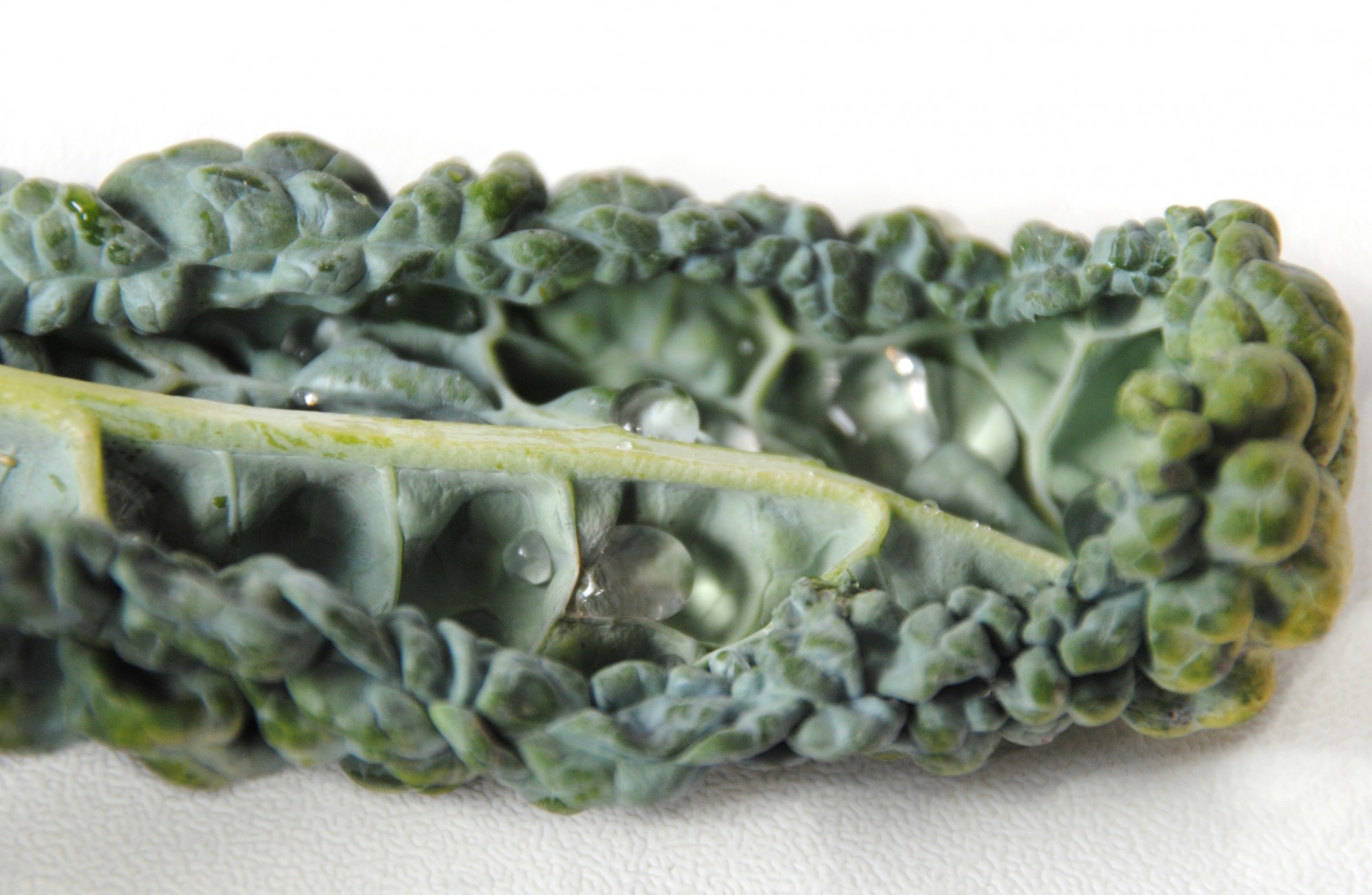
If you’ve ever tried to wash kale before cooking it, you’ll notice that water beads up and rolls off its surface and it’s very hard to get kale wet! This is because the waxy interface between the plant and the atmosphere forms an insoluble, hydrophobic barrier that both stops water from diffusing out of the plant, preventing it from dehydrating in the heat of the sun, and repels any water that lands on its leaves. As water hits the kale leaf, it balls up and rolls off it, taking with it any lurking dirt, bacteria and mould spores, cleaning the plant. This self-cleaning property is most noticeable in the lotus leaf, where the water repellancy of its waxy skin is further enhanced by its structure. The skin of the lotus leaf is formed from millions of tiny (nanoscale) waxy pillars of varying heights that lift water droplets up and encourage them to spherify, giving it superhydrophobic properties that materials scientists have been trying to mimic in synthetic materials for decades.

Wax is also responsible for the shiny, polishable surfaces of apples, pears and plums. This natural wax serves several important functions, helping the fruit to resist moisture loss, making it firmer, and slowing down the natural degradation process by slowing oxygen uptake. Some of the natural waxes produced by these fruits are washed off when they are cleaned after harvesting, so edible waxes are often added back onto fruits before they reach you. Even fruits that don’t have a natural waxy coating are dipped in or sprayed with wax, including pineapples, avocados, and American cucumbers (which, unlike plastic-sheathed British cucumbers, are almost always peeled before use). This extra, edible wax adds lustre and improves appearance, whilst also helping to preserve fresh foods for longer. Humans can’t digest wax, so it just passes through us and out the other end, but some vegans may want to avoid waxed foodstuffs, as citrus fruits, sweets and chocolates can be coated with beeswax or shellac, made from the waxy cocoon of the female lac beetle.
In the same way that wax protects plants from dehydration, disease and decay, our own waxy secretions serve a similar function. We would lose water disastrously if we didn’t secrete a greasy layer (sebum) from our skin to help keep us moist. Yellow, sticky earwax, which we are often hasty to remove, also serves an important protective function. This heady concoction of oil, sweat, dirt and dead skin cells traps dirt and microbes, forming a defensive barrier that protects your inner ear from infection.
Other waxes derived from animal sources include pungent and claggy lanolin (extracted from sheep’s wool), spermaceti (oil from the head cavity of the sperm whale), and sweet and solid beeswax. Beeswax is produced by young worker bees and starts life as a clear wax that is secreted from glands in their abdominal area. This pale wax is then chewed and mixed in with saliva, pollen, honey and propolis until it darkens and becomes a pliable construction material. Bees use this wax to build honeycomb structures for honey storage and to raise their young. This waxy home-come-storage vessel stops too much water getting into the honey, which can cause it to spoil and ferment.
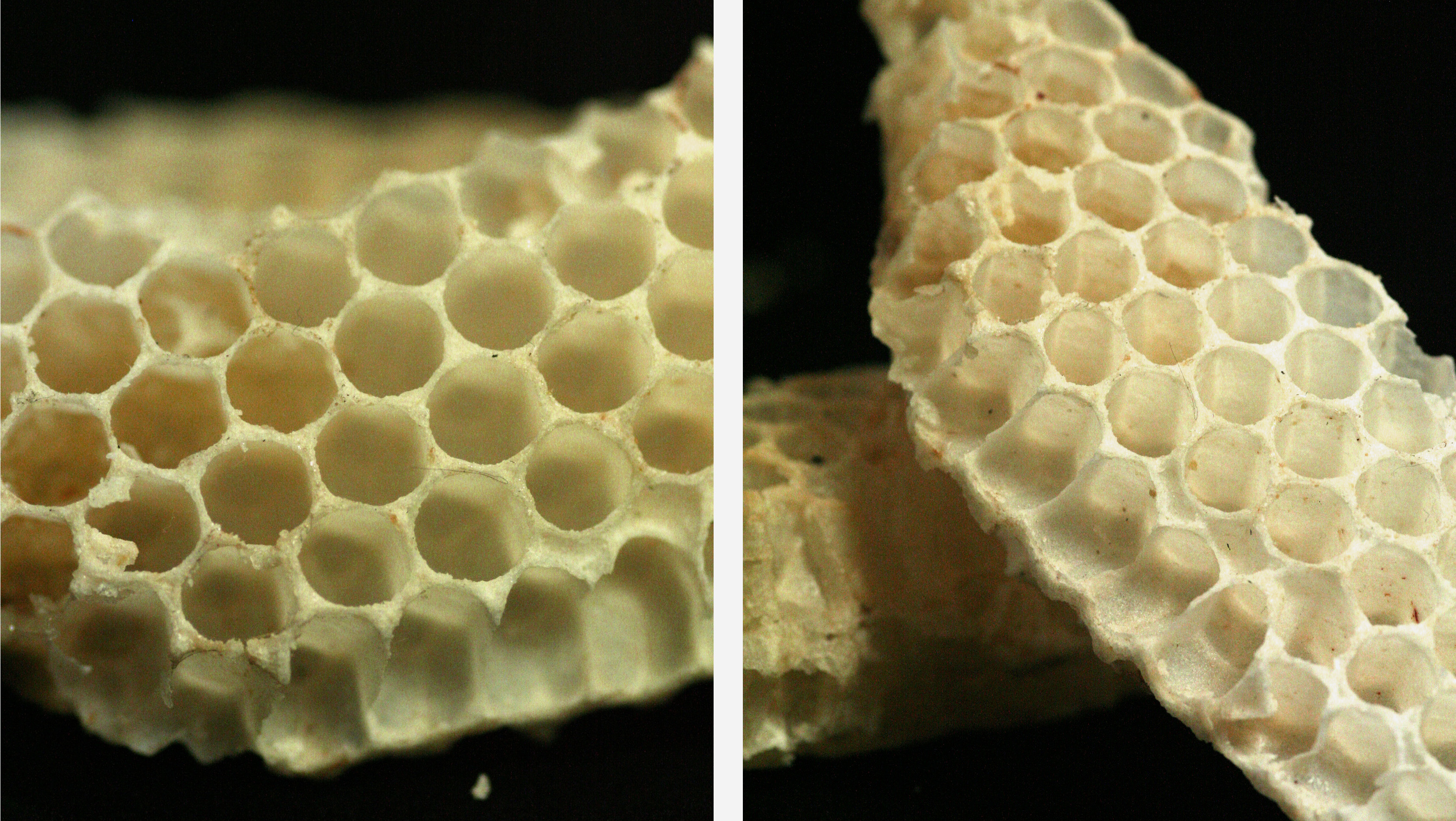
Beeswax is a favourite foodstuff of waxworms, the larvae of a type of snout moth, which are so-called because they live as nest parasites in bee colonies, chomping their way through bee larvae cocoons, pollen and beeswax in order to gather enough protein for their own cocooning process. In 2017 scientists found that these worms would also chow down on polyethylene plastic bags, which are chemically very similar to wax, and heralded these worms as a possible solution to the problem of long-life plastics in the environment. Aside from the fact that this process is very inefficient, requiring billions of waxworms that could have a knock-on effect on bee populations, this ‘new technology’ didn’t take into account the fact that the plastics that were becoming worm food were valuable non-renewable petroleum-based resources that were being lost into the soil. This process also didn’t take into account the health impacts of a plastic diet, with polyethylene proving unhealthy fare for a growing waxworm.
Beeswax is an ancient material that has been used in cosmetics, medicine, art, the preservation of food, and the embalming of bodies since at least the Egyptians. There is some evidence from Slovenia to suggest that it was also used as an early dental filling around 6500 years ago. Nowadays, beeswax is extracted by spinning the whole honeycomb in a centrifuge to separate out the wax and honey, and then using the wax in candle-making, cheese-wrapping, lipstick-making, furniture-polishing, as a shiny food additive (E901), and as an antibacterial and anti-inflammatory ointment to treat burns and wounds.
Staying on a medical theme, wax’s lubricating properties have also been exploited since the 11th century when it was first used as a coating for pessaries and suppositories. Wax has historically been used to ease the insertion of the linen, sponge, brass, cork and now rubber blocks that are used to mechanically support a prolapsed uterus. Synthetic white wax is also used in soluble, bullet-shaped pessaries and suppositories that can be popped into the bodily orifice of your doctor’s choosing, where they melt at around 37 degrees, releasing medicine into your body. Lanolin is also used as a waxy vehicle for dermal medicine delivery because it is readily absorbed by the skin, transporting substances like nicotine, oestrogen and hydrocortisone along with it.
Wax’s role in artistic and cultural expression is historically and geographically far-reaching. Its use in hair styling has ancient roots (ha!): the Egyptians used it to keep their wigs looking fresh, as well as for body hair removal, and both Egyptian men and women are reported to have worn perfumed cones of wax on top of their heads so that they would melt in the sun and simultaneously scent and cleanse the hair.
Lost wax casting is one of the oldest metalworking techniques in existence for reproducing a mirror image of a complex shape, in all the fine detail of the original model. The technique is so-called because an object is first modelled in beeswax, then encased in a clay mould and heated so that the clay hardens and the wax is melted or ‘lost’, leaving a cavity to be filled with molten metal. This technique was used by some of the earliest civilizations in the Near East, with the first examples of lost wax cast copper animals dating to around 3500BC.
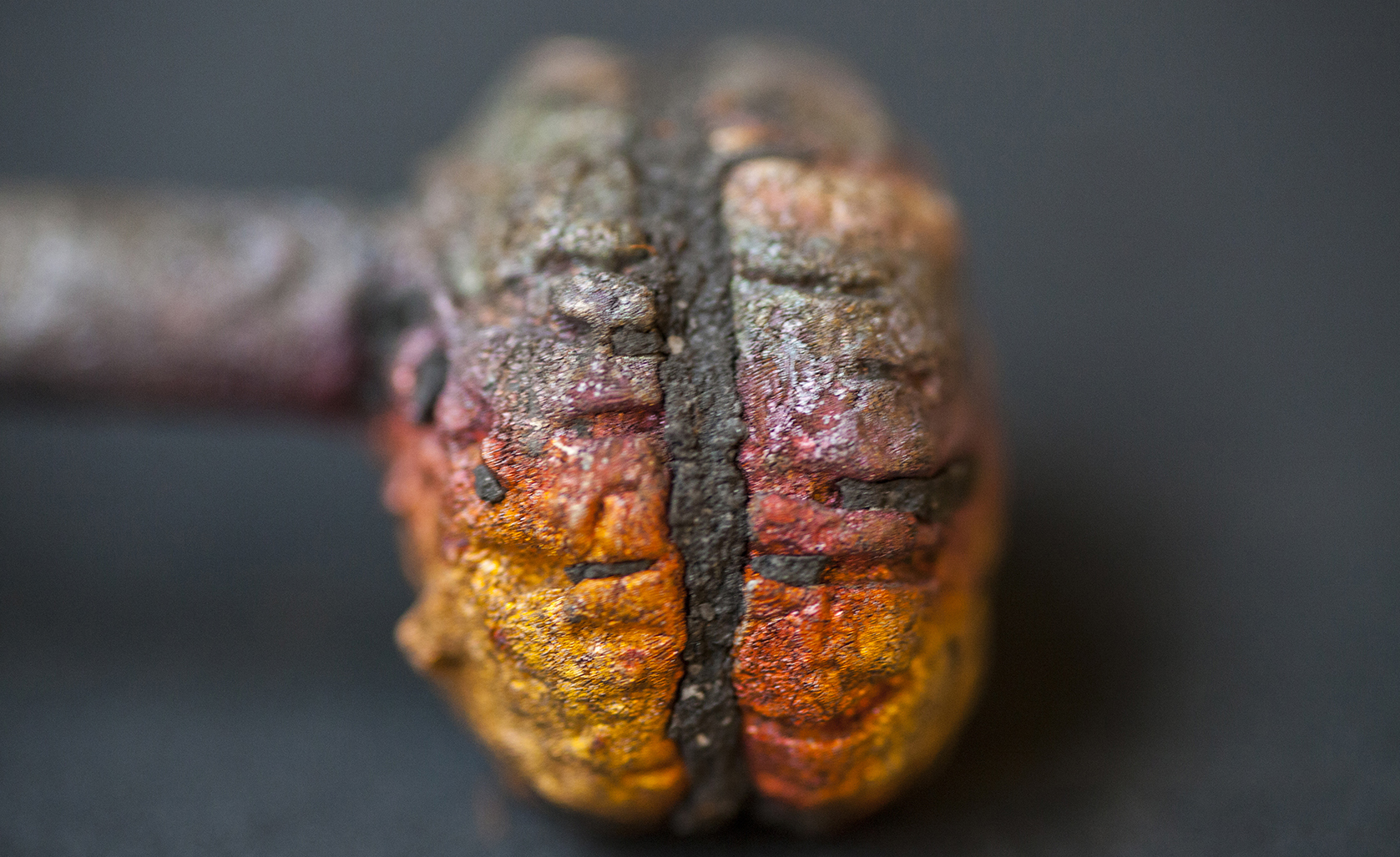
Using wax to create very detailed models also has an extremely long history, and has been used for sympathetic magic from ancient Egypt, Greece and Rome all the way through to Medieval Europe. Sympathetic magic relies on the belief that an act performed on one object can have an effect on another object because they are somehow similar or associated. The use of anatomical votives (ex-voto) in Renaissance Italy is a good example of this, whereby detailed models of injured body parts or even whole people were made in wax (as well as metal) and offered to the divine in return for an intervention, healing or blessing. This tradition continues to this day, with the shrine at Fatima Catholic church in Portugal providing a famous example of a site where anatomical beeswax figurines are still burnt in gratitude for divine miracles performed. Wax is perhaps so suitable for the task because it surpasses many other materials in its remarkable ability to mimic human flesh. Maybe that’s why waxwork models of famous or notorious people, responsible for huge and snaking queues outside Madame Tussauds in the ‘olden days’ of 2019, are so creepy and uncanny!
We have wax crayons to thank for the daily scribblings of children all over the world, as well as the work of artist Cy Twombly. Encaustic (hot wax painting) is responsible for both the ancient Roman Egyptian Fayum mummy portraits and the work of Jaspar Johns. Wax is as important for preserving works of art as it is for making it: Barbara Hepworth’s bronze statues, for example, are regularly recoated in wax to preserve the metal and its patina.
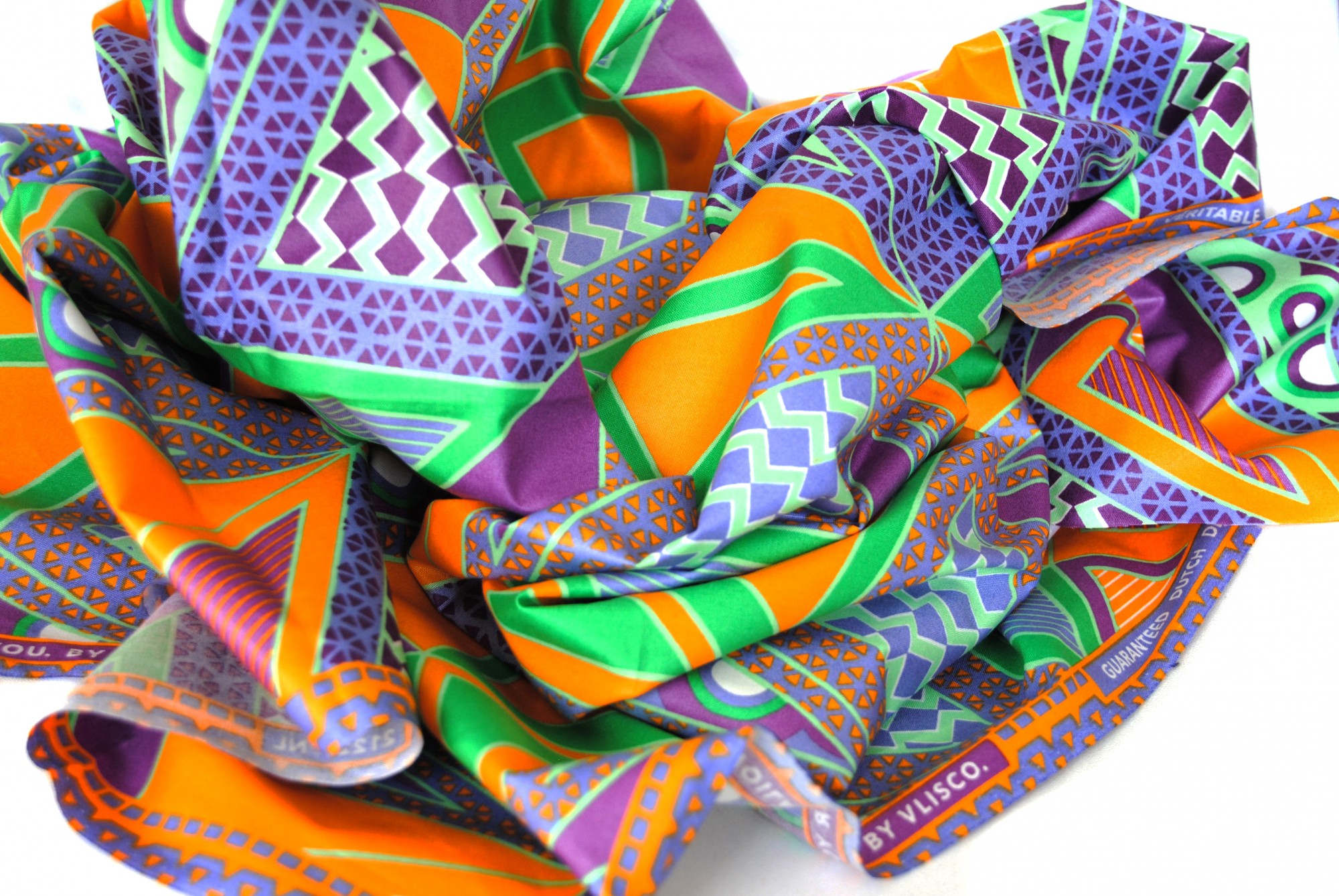
Wax is also responsible for the colourful Ankara or Wax Hollandais fabrics that are a hallmark of Yinka Shonibare’s work, as well as resist-dyed adire fabrics made by Yoruba women from southwest Nigeria, both of which are hugely popular for clothing in West African countries like Ghana, Nigeria and Senegal. The wax-resist technique for making Ankara fabric has a complex colonial history, and is thought to have been influenced by the Indonesian batik technique, a method of dyeing cloth whereby the hot wax that is painted onto cloth stops the dye from penetrating into its fibres, resulting in ‘blank’ areas in the patterned fabric. Batik cloth is thought to have become popular when it was brought home by West African slaves and mercenaries who had been enlisted in the Dutch army to engage in attempts to expand Dutch colonial rule in the 1800s. European, mass-produced versions of these waxy Indonesian fabrics failed to catch on Indonesia, but found favour on the Gold Coast where they were taken up and redesigned as an iconically African fabric. After Africa’s fight for independence in the 1960s, these glorious waxy fabrics were designed and made locally, with rich traditional and contemporary meanings and symbolism evident in their patterns.
About our blog series 'Materials: Up Close & Personal'
We are publishing a new series of ten extra-long Materials Library profiles, through which our Materials Librarian Sarah Wilkes will pay homage to those silent and humble materials that we surround ourselves with daily, but that often we don’t even notice. Every week or so, she will be exploring the expansive inner lives and backstories of the surfaces, substances and stuff around us, and sharing it with our community through our blog and social media #MaterialsLibraryUpCloseAndPersonal.
We would love you to join in too! Send us a picture of one of your favourite household substances with a few words about what you’ve noticed after spending some time getting to know your material cohabitants. We will periodically post a collection of these little gems on our website.